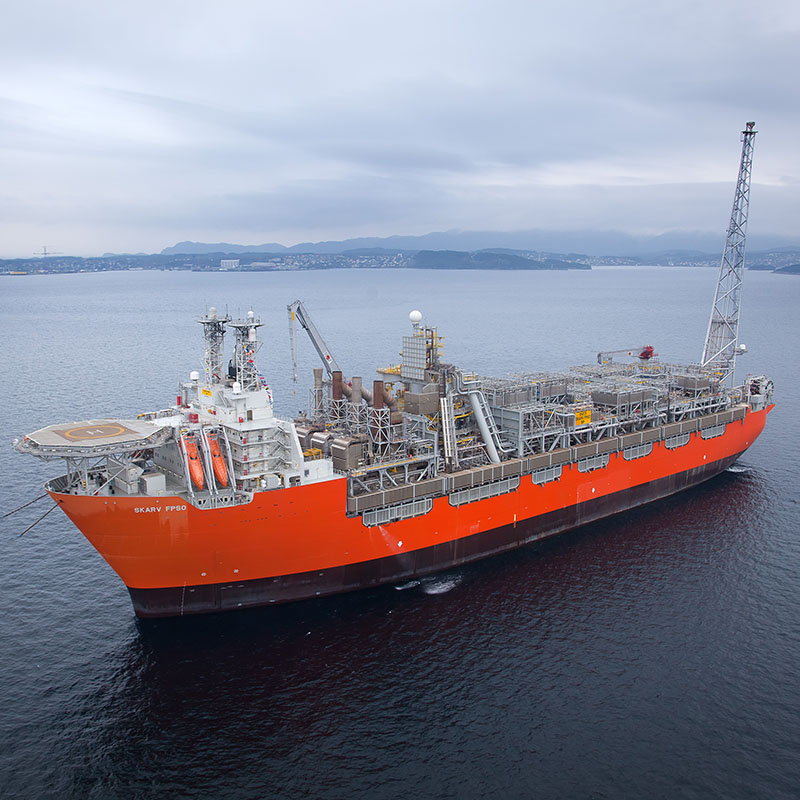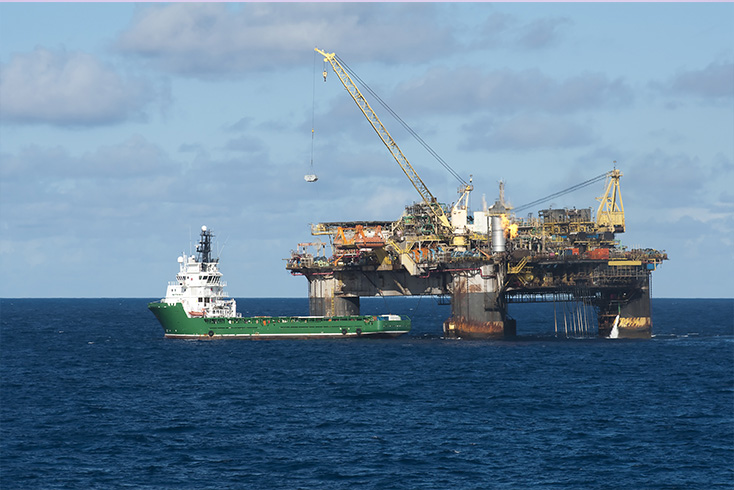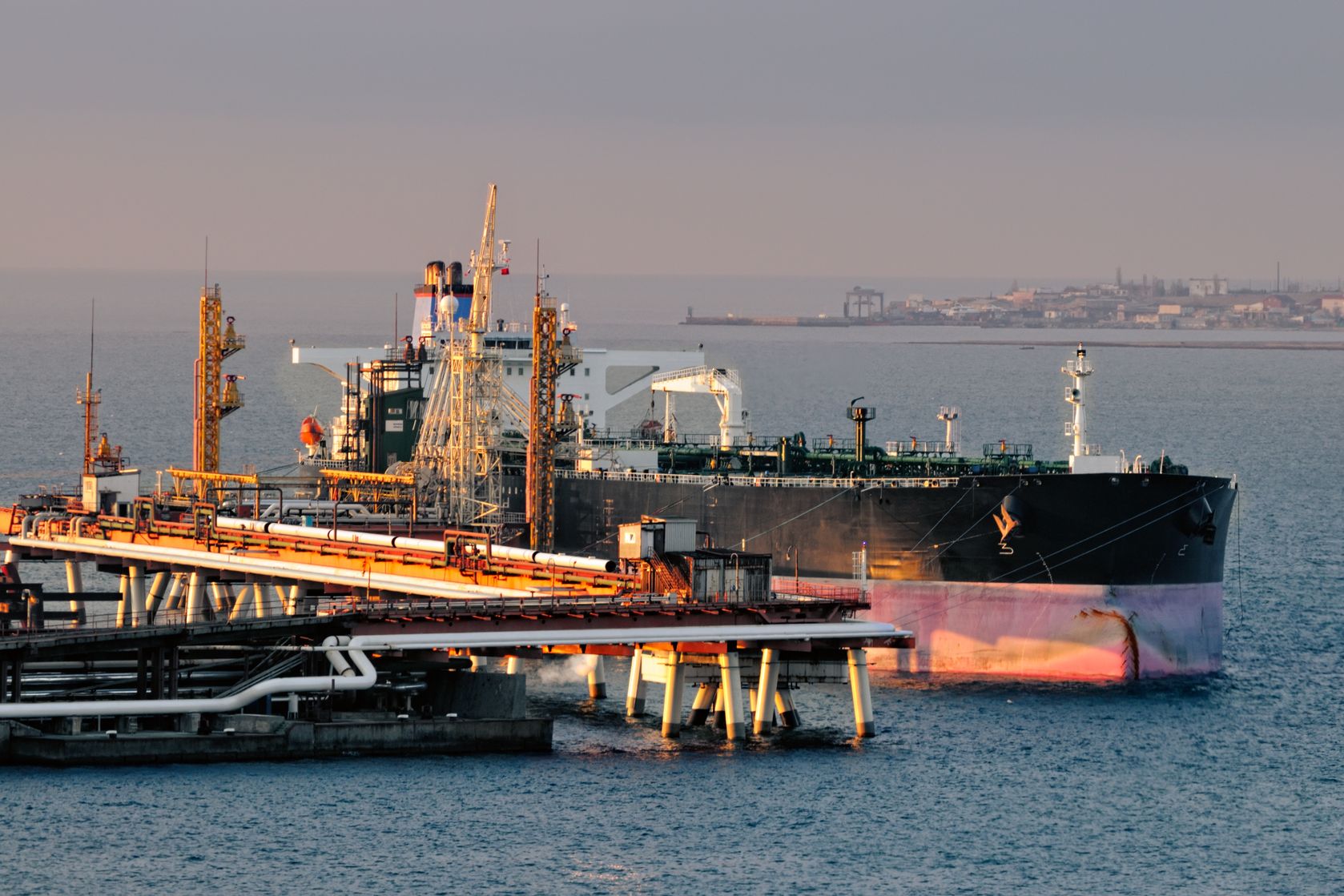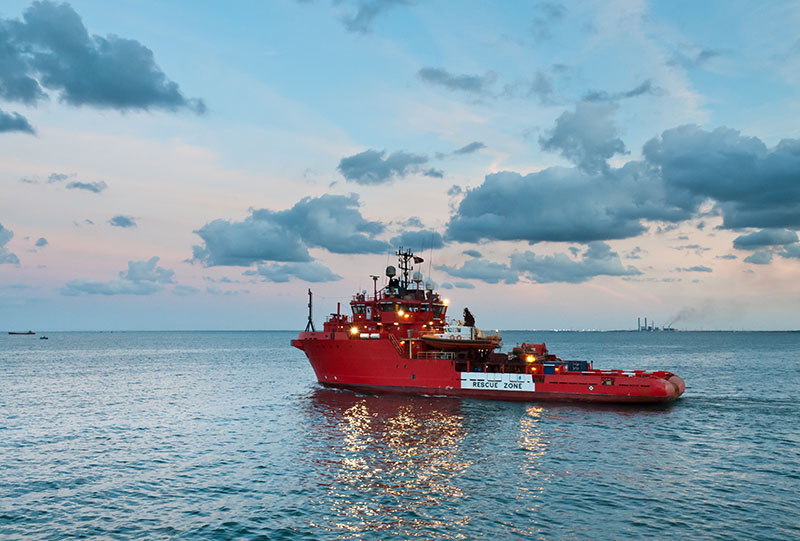Offshore

Offshore activities in general face numerous risks in terms of safety, security and navigation. In addition, the maritime industry seeks to optimise supporting offshore operations (for service and supply), but neither have sufficient means to observe and visualise the observations needed to develop efficient services. Nor do they have continuous observational updates with sufficient accuracy or numerical modelling capabilities.
Offshore Monitoring develops sensor solutions that improve safety, security and navigational efficiency for offshore activities. Below you will find examples of relevant activities.
Detection of floating debris
The Ladar system can detect floating debris and other objects by continuously scanning the ocean surface layer. It can detect oil spills from the platform area, pipelines or the well.
APS-NET provides a high-resolution surveillance overview of objects at near distance. A variety of observations are made, including vessels, markers, floating ice, wave characteristics and oil spill observations. The system complements normal navigation radar, which has much less resolution and sensitivity but a longer range.
High-precision positioning and docking aid

APS-NET provides for precise observations of distances to adjacent objects, for example the required 10-meter distance to offshore platforms for supply and offloading operations. It supports dynamic positioning without the need to locate reflectors on adjacent objects. Coastal and offshore infrastructures can use the same system for helicopter landing areas, crane operations, supply and offloading operations, and more.
In addition, vessels equipped with APS-NET benefit from a precise docking aid through high-resolution observations of the docking area.
Security
APS-NET detects and localises targets that use wireless communication, such as VHF or short-band radio. In combination with other sensor data and behaviour characteristics the system can derive a real-time probability for potential terrorist threat. Combined with the Ladar system, both above water and below water security can be monitored 24/7. Potential threats can be detected, classified and tracked to warn the associated security masters and/or security authorities in time.
Asset preservation and maintenance

The life expectancy of commercial ships and coastal and offshore installations depends to a large extent on the stress the ship (and especially the hull of the ship) or installation experiences at sea. Commercial ships are designed for a life expectancy of around 30 years. This can only be achieved with extensive maintenance of the hull according to the stress it encounters. Due to the fact that it is unknown today what the actual encountered stress of the ship or installation is, maintenance cycles are based on regular intervals disregarding the actual need for maintenance. This can lead to serious safety/fatigue issues. On the other hand, with the appropriate observational data and fatigue models, maintenance cycles can be significantly optimised with SpaceNav to an 'as-needed basis'. Furthermore, an explicit reduction of the exposure to heavy sea can significantly extend the life expectancy of the ship.
Sea ice detection

Ice bergs and floating sea ice in polar waters become increasingly problematic, particularly as the Northern Sea route and polar oil/gas production gain popularity. Current monitoring capabilities rely on satellite monitoring systems but their temporal (and spatial) coverage is insufficient for the needs of the maritime industry. In addition, mandatory on-board radar systems do not typically detect floating ice. This is due to the fact that most of the volume of the sea ice is floating below the sea surface, thus being hardly exposed to radar backscatter.
The characteristics of the Ladar system make it possible to detect floating sea ice, as the system is specifically designed to detect objects in the ocean surface layer.
Search and rescue operations

Any major disaster initiates search and rescue operations with the goal to detect and localise humans in the ocean surface layer, in order to save their lives.
A surveillance system like Ladar can help to detect humans in the ocean surface layer in a reduced amount of time. And time is crucial — it can decide between life and death.
With the aid of specific tags attached to life vests or surveillance suits, the location of persons can be easily determined with APS-NET. The system instantaneously detects when a person is falling overboard and automatically alarms the crew.

